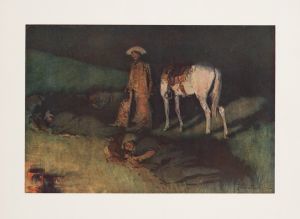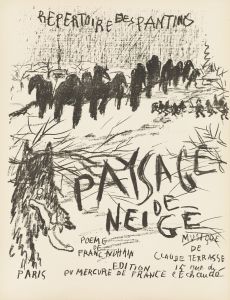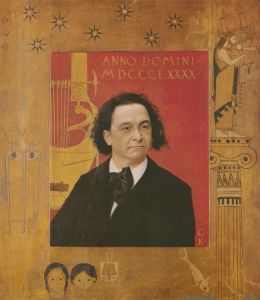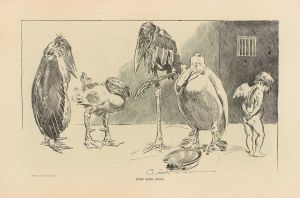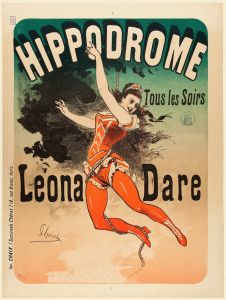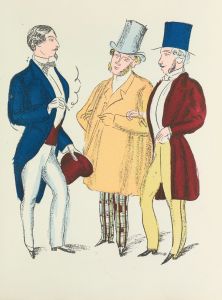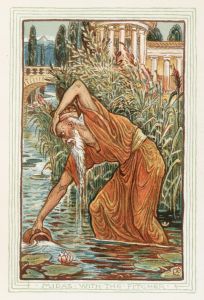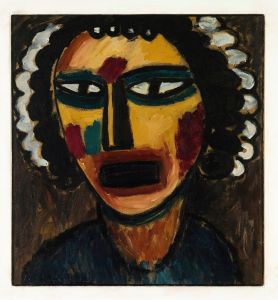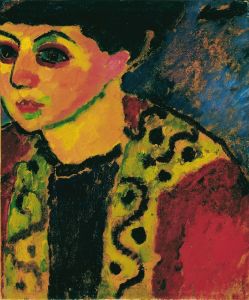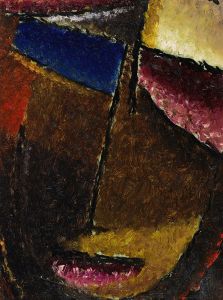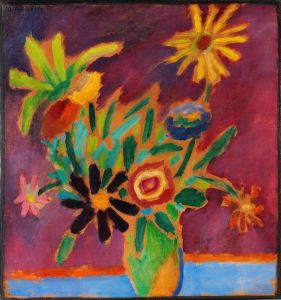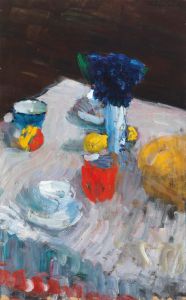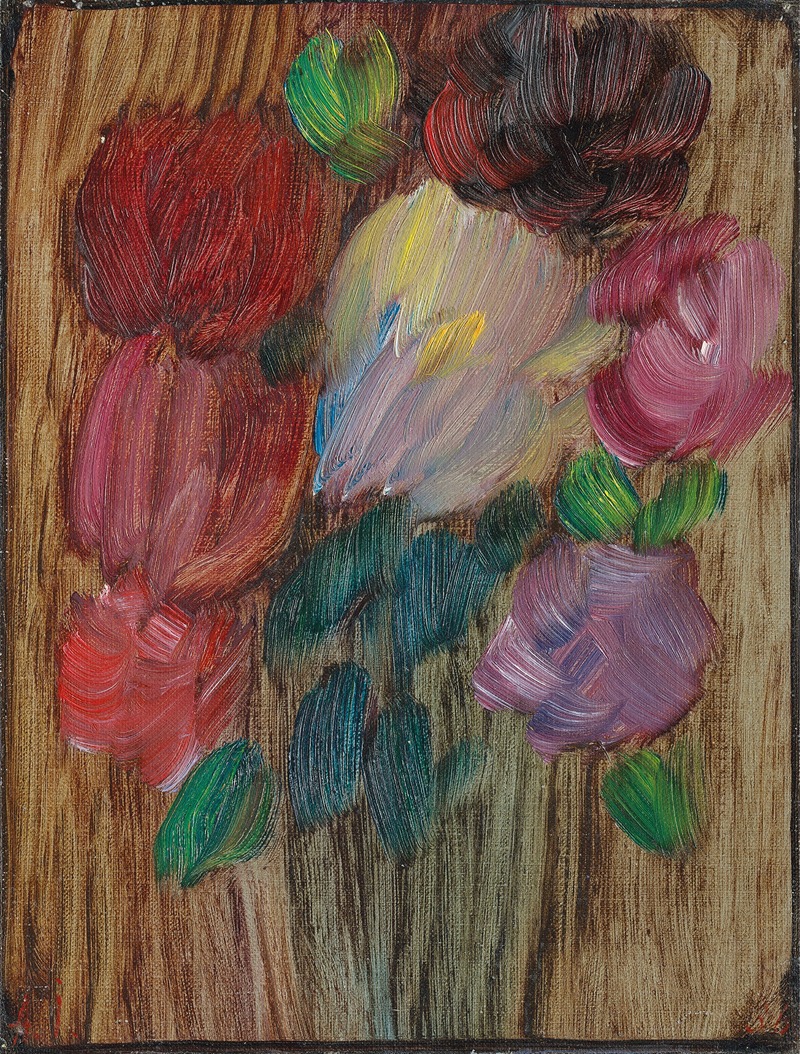
Grosses Stilleben; Pfingstrosen In Dämmerung
A hand-painted replica of Alexej von Jawlensky’s masterpiece Grosses Stilleben; Pfingstrosen In Dämmerung, meticulously crafted by professional artists to capture the true essence of the original. Each piece is created with museum-quality canvas and rare mineral pigments, carefully painted by experienced artists with delicate brushstrokes and rich, layered colors to perfectly recreate the texture of the original artwork. Unlike machine-printed reproductions, this hand-painted version brings the painting to life, infused with the artist’s emotions and skill in every stroke. Whether for personal collection or home decoration, it instantly elevates the artistic atmosphere of any space.
Alexej von Jawlensky was a Russian expressionist painter, known for his vibrant use of color and bold compositions. He was a key figure in the development of early 20th-century modern art, closely associated with the German Expressionist movement. Jawlensky's work often explored themes of spirituality and emotion, conveyed through vivid colors and simplified forms.
"Grosses Stilleben; Pfingstrosen In Dämmerung" is one of Jawlensky's notable works, although specific details about this particular painting are limited. The title translates to "Large Still Life; Peonies in Twilight," suggesting that the painting likely features a still life composition with peonies as the central subject, set against a backdrop that evokes the dimming light of twilight. This aligns with Jawlensky's known interest in capturing the essence and mood of his subjects through color and form.
Jawlensky's still lifes, including those featuring flowers, often reflect his fascination with the expressive potential of color. He was influenced by other avant-garde movements of his time, such as Fauvism and Post-Impressionism, which emphasized bold colors and dynamic compositions. In his floral still lifes, Jawlensky frequently used vibrant hues and contrasting tones to create a sense of depth and emotion, transforming ordinary subjects into powerful visual experiences.
The period during which Jawlensky created "Grosses Stilleben; Pfingstrosen In Dämmerung" was marked by significant experimentation and evolution in his artistic style. After moving to Germany in the late 19th century, he became involved with the Munich-based group Der Blaue Reiter (The Blue Rider), which included artists like Wassily Kandinsky and Franz Marc. This group was instrumental in the development of abstract art and sought to express spiritual truths through their work.
Jawlensky's approach to painting was deeply influenced by his belief in the spiritual dimension of art. He saw painting as a means of conveying inner emotions and transcendent experiences, often drawing inspiration from religious and philosophical themes. This spiritual focus is evident in his use of color and form, which he employed to evoke a sense of harmony and balance.
In "Grosses Stilleben; Pfingstrosen In Dämmerung," the choice of peonies as a subject may carry symbolic significance. Peonies are often associated with notions of beauty, prosperity, and transience, themes that resonate with Jawlensky's broader artistic concerns. The twilight setting further enhances the painting's mood, suggesting a moment of transition and introspection.
While specific details about the painting's provenance and exhibition history are not readily available, it is likely that "Grosses Stilleben; Pfingstrosen In Dämmerung" was created during a period of intense creativity for Jawlensky. His work from this era is characterized by a synthesis of influences, including his Russian heritage, his experiences in Germany, and his interactions with other leading artists of his time.
Overall, "Grosses Stilleben; Pfingstrosen In Dämmerung" exemplifies Alexej von Jawlensky's distinctive approach to still life painting, marked by a vibrant use of color and a deep engagement with spiritual and emotional themes. Through his innovative techniques and expressive compositions, Jawlensky made a significant contribution to the development of modern art, leaving a lasting legacy that continues to inspire artists and art enthusiasts today.





